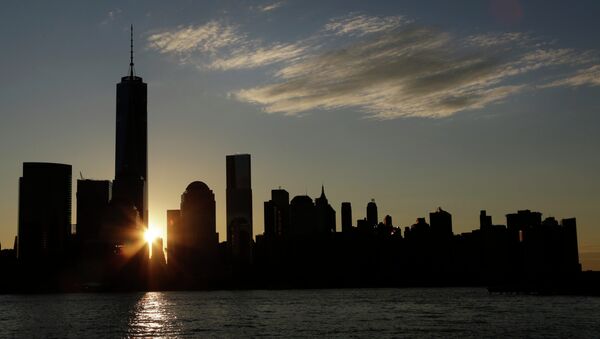Mixed macroeconomic data also arrived on Tuesday, showing that, despite a steady expansion in the housing market and services, the dynamics in consumer confidence are negative at this point. The Fed’s cautiousness may be easily explained, as no one in Washington is seemingly ready to take the blame for a possible stagnation or recession in case the rate hike hurts credit badly enough to undermine the recovery, which might be especially fragile due to severe winter conditions.
US home prices increased in December, while business activity in the services sector accelerated in February to its fastest since October last year, the data have shown,while consumer confidence decreased.
According to the S&P 500/Case Shiller Composite Index, of 20 urban metro areas, single-family home prices rose by 4.5% annualized, which is higher than previously expected 4.3%. Nevertheless, most housing market participants feel that demand might have been stronger, as many new homes are still standing empty, despite the jobs growth.
"While prices and sales of existing homes are close to normal, construction and new home sales remain weak," David Blitzer of S&P and Dow Jones Indices said. "The softness in housing is despite favorable conditions elsewhere in the economy: strong job growth, a declining unemployment rate, continued low interest rates and positive consumer confidence."
No surprise, as US developers have built far more houses than the expansion in effective demand could cover: new homes construction rose by 18.7% in January year-on-year, to 1.07 mln units annually.
"While parts of the East Coast have struggled in the face of adverse weather, other regions basked in unusually warm temperatures, boosting business above seasonal norms," Chris Williamson of Markit said in a statement. "Activity levels surged higher and inflows of new business boomed as a result."
Meanwhile, US consumer confidence fell, stirring doubts of the growth' sustainability. In February, US consumer confidence retreated from its multi-year high to 96.4 from January's 103.8, according to the Conference Board report. This might be due to an increased petrol price, some $2.31 on the average across the US in February compared to the average of $2.03 in January, as reported by the US Energy Information Agency.
All in all, while the real economy is experiencing a slight uncertainty, the financial sector is posed to celebrate. Stocks rally beyond their record highs as torrents of relatively cheap money won’t dry out until summer.



